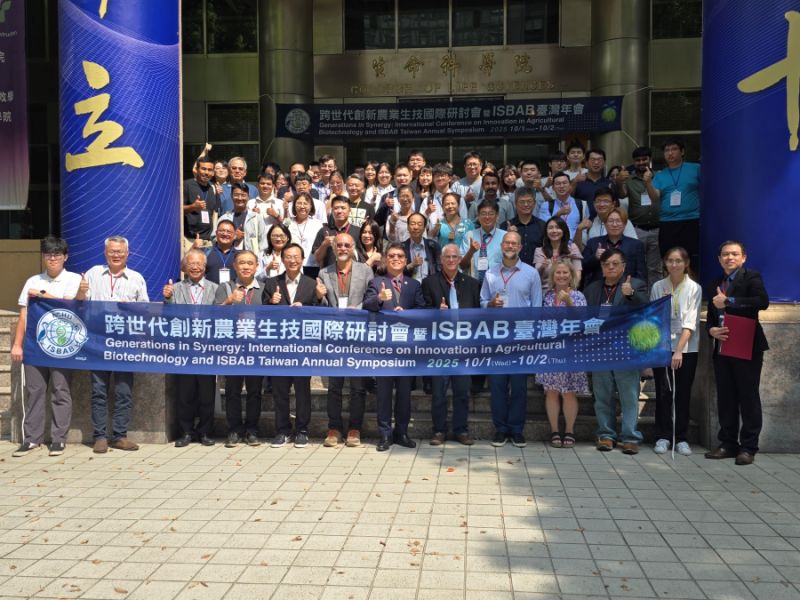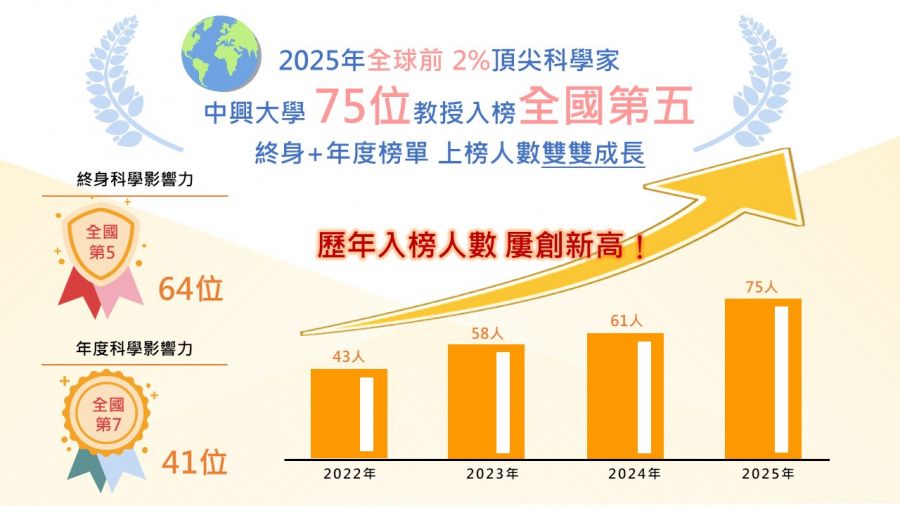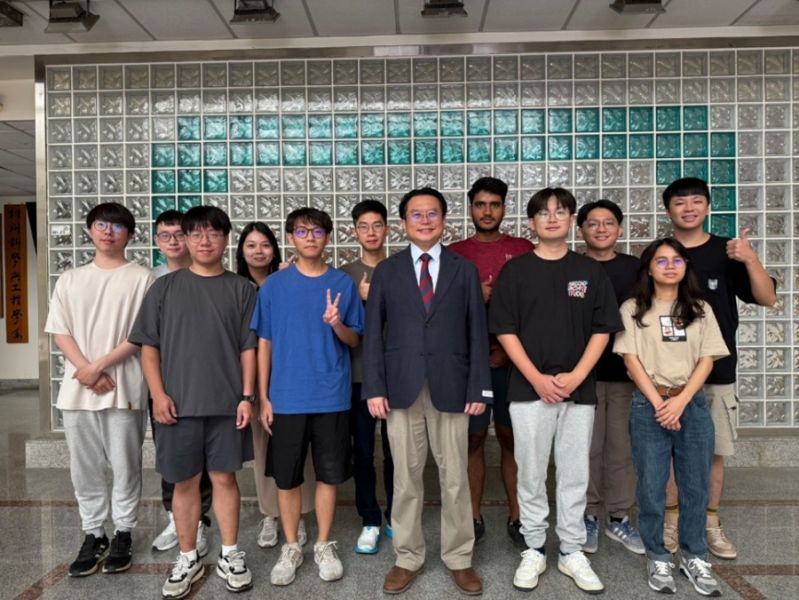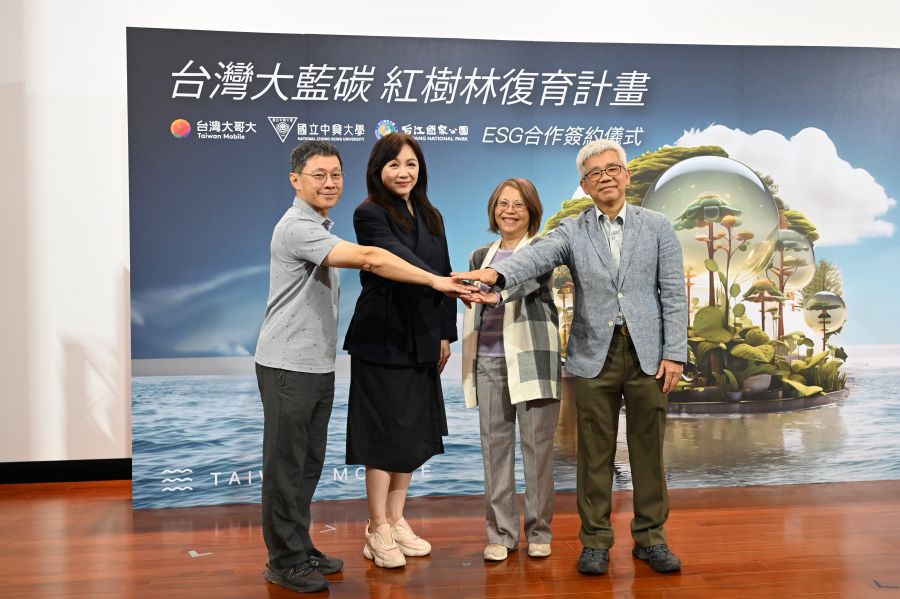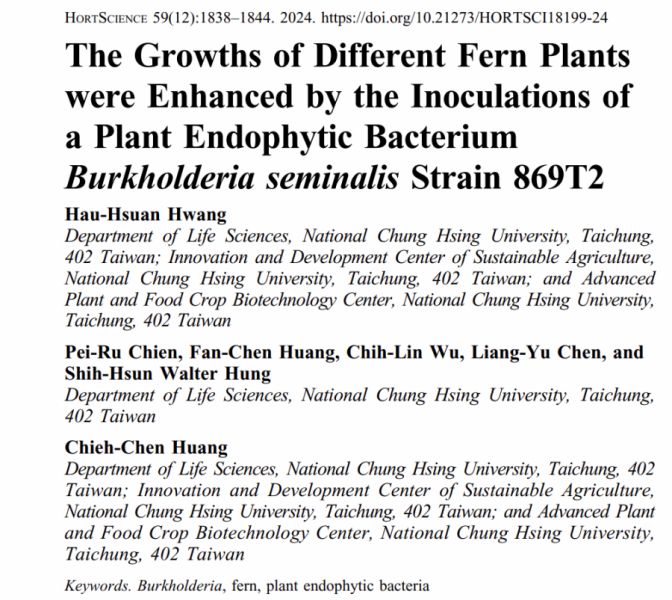設施農業:綠能設施開發【精密工程研究所楊錫杭特聘教授】
| 論文篇名 | 英文:Improving the immobilization of glucose oxidase on carbon cloth via a hybrid approach of cross-linked chitosan/TPP matrices with Na® polymers for high-performance self-pumping enzyme-based biofuel cells 中文:提升葡萄糖氧化酵素固定碳電極經由聯結網絡用於高性能自驅動生物燃料電池 |
| 期刊名稱 | ENERGY & FUELS |
| 發表年份,卷數,起迄頁數 | 2020, 34 (8): 10050-10058 |
| 作者 | Ngoc Bich Duong; Van Men Truong; Li, Yi-Shiuan; Wang, Chih-Liang*; Yang, Hsiharng(楊錫航)* |
| DOI | 10.1021/acs.energyfuels.0c01033 |
| 中文摘要 | 現實世界對於酵素型生物燃料電池需要酵素被固定於電極表面,以改善其短壽命與低功率之可行性。因此本研究展示輕便與友善環境的實驗架構,複合型的網絡連結法固定數種高分子與酵素於碳布電極。進行比較性實驗,包括其微結構,酵素固定量,電化學性質等。結果顯示此複合型酵素固定方式,搭配本實驗室開發的毛細管力自驅動流道,可達到最高電功率密度(1.08 mW.cm−2)較過去為佳。此自驅動式酵素型生物燃料電池運轉經過240小時,仍持續有89.2%的效能,也較過去研究(61.1%)為佳。此改善提升的酵素固定方法,足以實證能防止酵素於電池運轉造成脫落,增進效能與運轉壽命。 |
| 英文摘要 | The real-world application of an enzyme-based biofuel cell (EBFC) requires the desirable immobilization of enzymes on the electrode surface, offering the feasibility of addressing its short lifetime and low-power density. Nevertheless, an efficient immobilization of enzymes strongly relies on the preferred scaffolding between the enzyme and the electrode. Accordingly, the development of a promising route to attain a tunable scaffold structure is urgently required. Herein, we present a facile and ecofriendly route for efficiently controlling the scaffold structure by investigating the interplay of tripolyphosphate (TPP), chitosan(CS), and Na. A series of glucose oxidase (GOx)-based anodic electrodes, GOx[CS/TPP]CC, GOx[CS/Na]CC, and GOx[CS/TPP/Na]CC, are synthesized using CS/TPP, CS/Na, and CS/TPP/Na as the scaffolding on carbon cloth (CC) followed by the immobilization of GOx for a comparative study of the microstructure, enzyme loading, and electrochemical property. It is revealed that the self-pumping EBFC, driven by capillary force, utilizing GOx[CS/TPP/Na]CC can deliver a higher peak power density (1.08 mW.cm−2) than that utilizing GOx[CS/TPP]CC (0.776 mW cm−2) and GOx[CS/Na]CC (0.682 mW.cm−2). The self pumping EBFC utilizing GOx[CS/TPP/Na]CC can retain 89.2% of its beginning performance even after 240 h of testing, as compared with that utilizing GOx[CS/Na]CC (61.1%). This enhancement can be attributed to the formation of a desirable scaffold structure via the cross-linked CS/TPP matrices combined with Na polymers for the hybrid enzyme immobilization, simultaneously offering the capability of improving the enzyme-loading efficiency, facilitating the interaction between the surface electrode and the enzyme, and preventing the release of the enzyme during the cell operation. |


